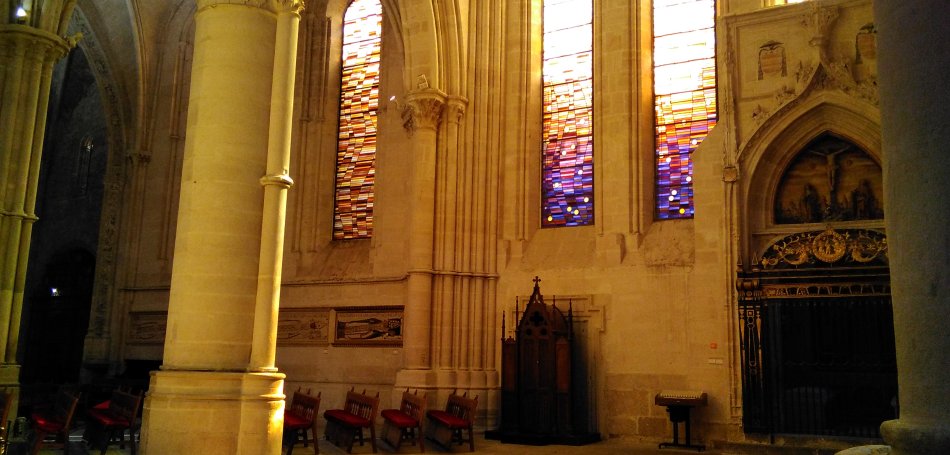
- publicado 23.12.2023
- por Cuenqueando
- Catedral de CuencaarquitecturaCuenca cathedral
Discovering the Cathedral of Cuenca: history, architecture and hidden secrets
Standing out from the historic center of a city that rises from a precipice, this is how the Cathedral of Cuenca is presented to us, captaining the dramatic landscape, a mix of nature, history and architecture, this is Cuenca. In this post we want to discover the Cathedral of Cuenca with its history, its imposing architecture and reveal its most hidden secrets.
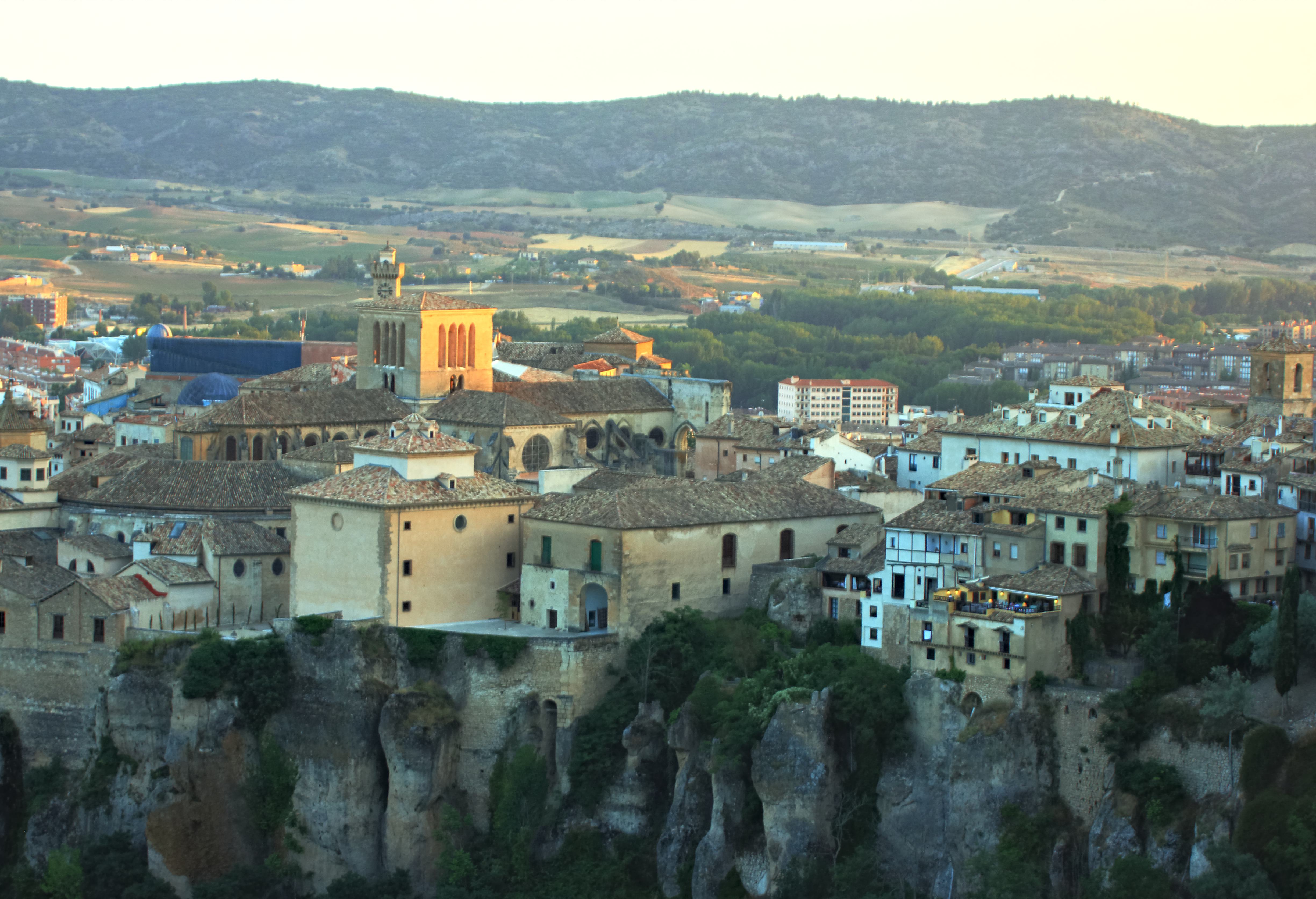
Of course, Cuenca is a magical city, suspended on cliffs, interspersed with rocks, surrounded by its two rivers, the Júcar and the Huecar, which eternally embrace the promontory on which the city sits. And in the heart of this surprising city we find, lording over everything else, the magnificent cathedral of Saint Mary and Saint Julian.
To find the origin of this temple we have to go back to the 12th century. Alfonso VIII took the city permanently for the kingdom of Castile in 1177. Once the region was pacified, the cathedral began to be built in 1196 on the old Arab mosque. Despite the prominence of King Alfonso VIII in the streets and monuments of the city, the true inspiration and person responsible for some of its initial characteristics, and mainly those of the cathedral itself, will be the queen, Leonor de Platagenet, who brings with her to avant-garde artists and architects and introduced the Gothic style and French air that characterized the first phases of its construction. The Cathedral of Cuenca is considered the first Gothic cathedral in Spain.
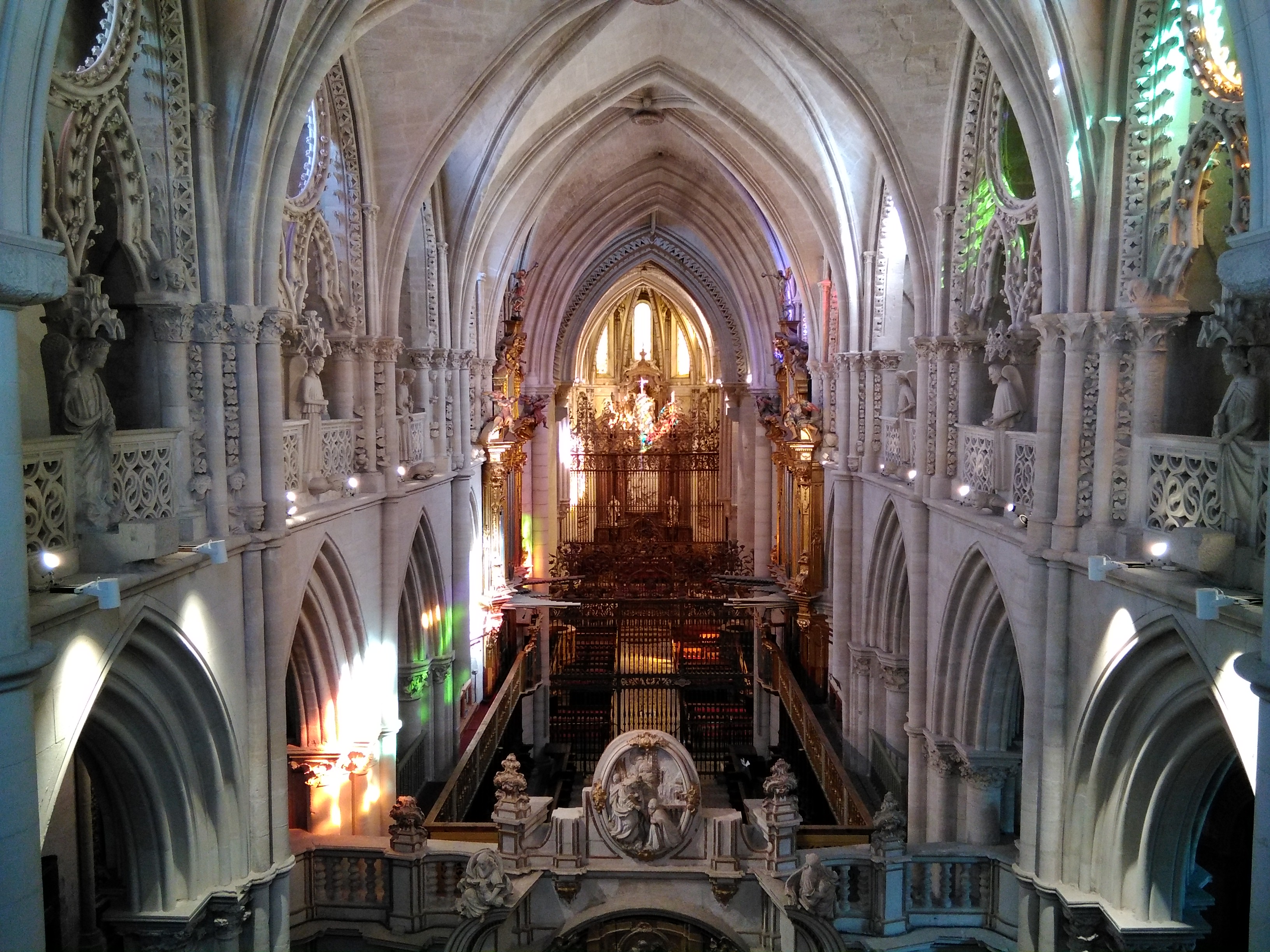
Throughout more than eight centuries of history, different events and artistic and architectural styles have left their mark on this magnificent temple. Inside, the spectacular Arco de Jamete, at the main entrance, will draw our attention. . of the cloister, this arch is one of the crowning works of the Spanish Renaissance and the one that elevated its author as one of the key figures of this style in our country. The reforms of the 17th century cloister are also Renaissance. XVI, in which some of the most famous authors of the time participated, such as Herrera or Vandelvira.
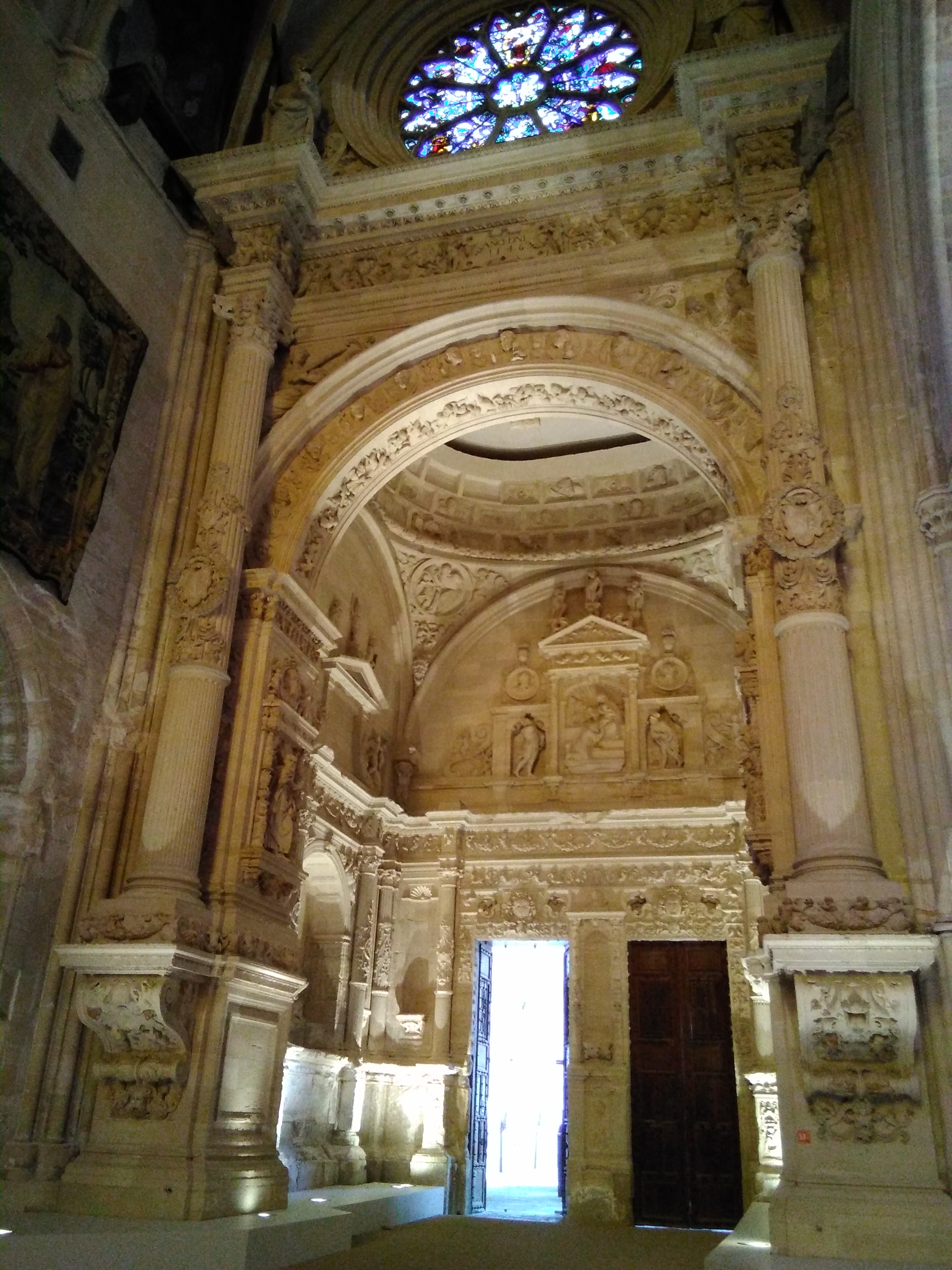
The baroque style has also left its mark on the monument, thus, some of its chapels and interior details, but above all a first renovation of the façade, correspond to this style. However, the façade that we will find today is in the neo-Gothic style, a consequence of the most serious incident that the temple has ever experienced, the collapse of the Giraldo Tower, in 1902. This tower, the main one of the Cathedral, collapsed on the 13th. April of that year, leaving four dead, significant damage to one of the sides and the façade of the temple and the destruction of almost all of its stained glass windows. The intentionally neo-Gothic reconstruction of the façade gives us a glimpse of its original Gothic style that reminds us of the French temples of the time, such as Reims Cathedral or Notre Dame. For its part, the new stained glass windows were created by modernist authors such as Gerardo Rueda and Gustavo Torner, which gives the interior of the Cathedral a special and unprecedented color for this type of temples.
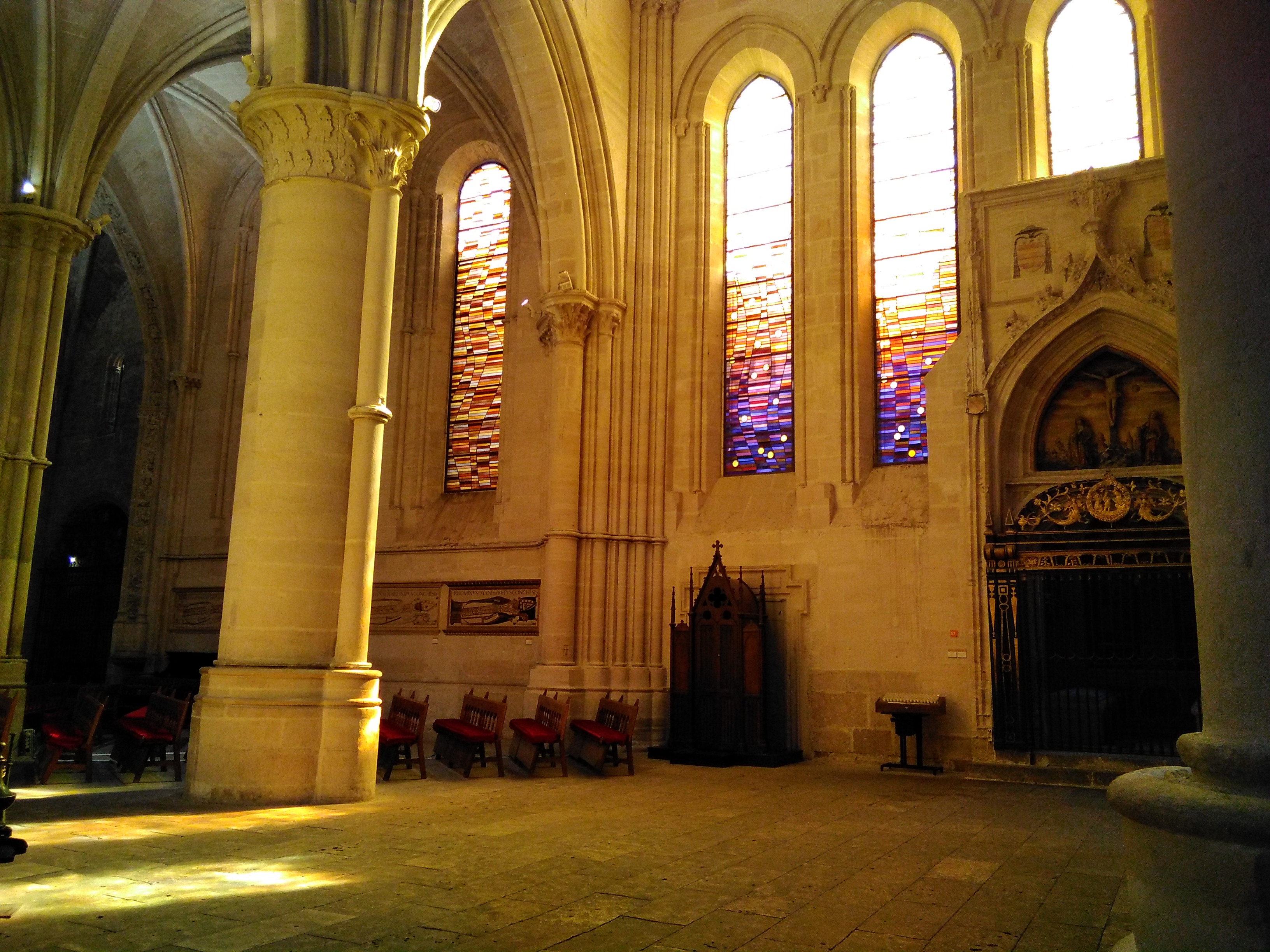
The Cathedral of Cuenca is attached, in addition to the Virgin, to a local saint, San Julián, second bishop of Cuenca and patron saint of the city. In the Cathedral we find several chapels dedicated to Saint Julian, those where at some point his remains have rested, these are currently in the transparent main chapel, built in such a way that it shines and is visible, not only from the front, but also from the back of it. The iconography that we find in these spaces alludes to the saint's fame for making wicker basket work to sell and, with the profits, help those in need.
Inside the Cathedral, elements such as the magnificent choir with neoclassical style stalls and its grilles, one of the best preserved in Spanish religious art, stand out; or like the main sacristy, with Elizabethan style and carved wooden drawers, or the chapter house, with its beautiful coffered ceiling; or its curious cloister, with associated patio with views of the Huecar river gorge. A side corridor of this patio also takes us to a curious exhibition where we can see the original remains of the destruction caused by the collapse of the Giraldo Tower, as well as the explanation of the accident and the reconstruction works that have led to it. the cathedral to its current state.
Among its numerous chapels, apart from those mentioned dedicated to San Julián, some stand out such as the Tabernacle, with a 12th century carving dedicated to this virgin, whose image Alfonso VIII always carried during his conquests; or like that of the Knights, from the illustrious Álvarez de Albornoz family, with the oldest burials in the temple and with the intriguing Latin phrase De victis militibus mors triumphat that reminds us that death makes us all equal, triumphing even over the knights victorious.
The Cuenca Cathedral is, without a doubt, one of the most complete and original Spanish temples and one of the obligatory stops for those who visit the city.
 ES
ES EN
EN PT
PT